Si je la prends ― Si je l’apprends
which can be translated as
If I grab her ― If I learn it
respectively. The solution of the equivoque is ascribed by him to the meaning attached to the words. However, let us consider the following situation: two boys attend a class taught by a woman so beautiful that one of them has his jaw drop open, and the other asks him what he’s thinking. If the first one answers si-ž-la-prã ,2 the other will still not know how to read that equivoque: Is he thinking about the teacher’s body ( If I grab her ) or about what she’s teaching ( If I learn it )?
Lacan takes up the same problem when discussing the title of his 21 stseminar, lə-nɔ̃-dy-pɛʀ .3 Should we write it Les non-dupes errent or Les Noms-du-Père ? The first option would mean something like The Non-Dupes Wander , while the second would mean The Names-of-the-Father . If a signifier is the articulated sound we hear, both writings (or readings) correspond to a single signifier, and therefore oppose a single battery of signifiers, in spite of which both meanings are different. This implies that the meaning of the speech depends on the reading of what we hear rather than on the signifier, and such a reading operation introduces a non-diacritical division into the chain of signifiers, since it does not occur at the level of the signifier, but at that of the letter (writing and reading). That is why I will designate it by a simple line, not a double one; it is not an abyss, but a bridge:
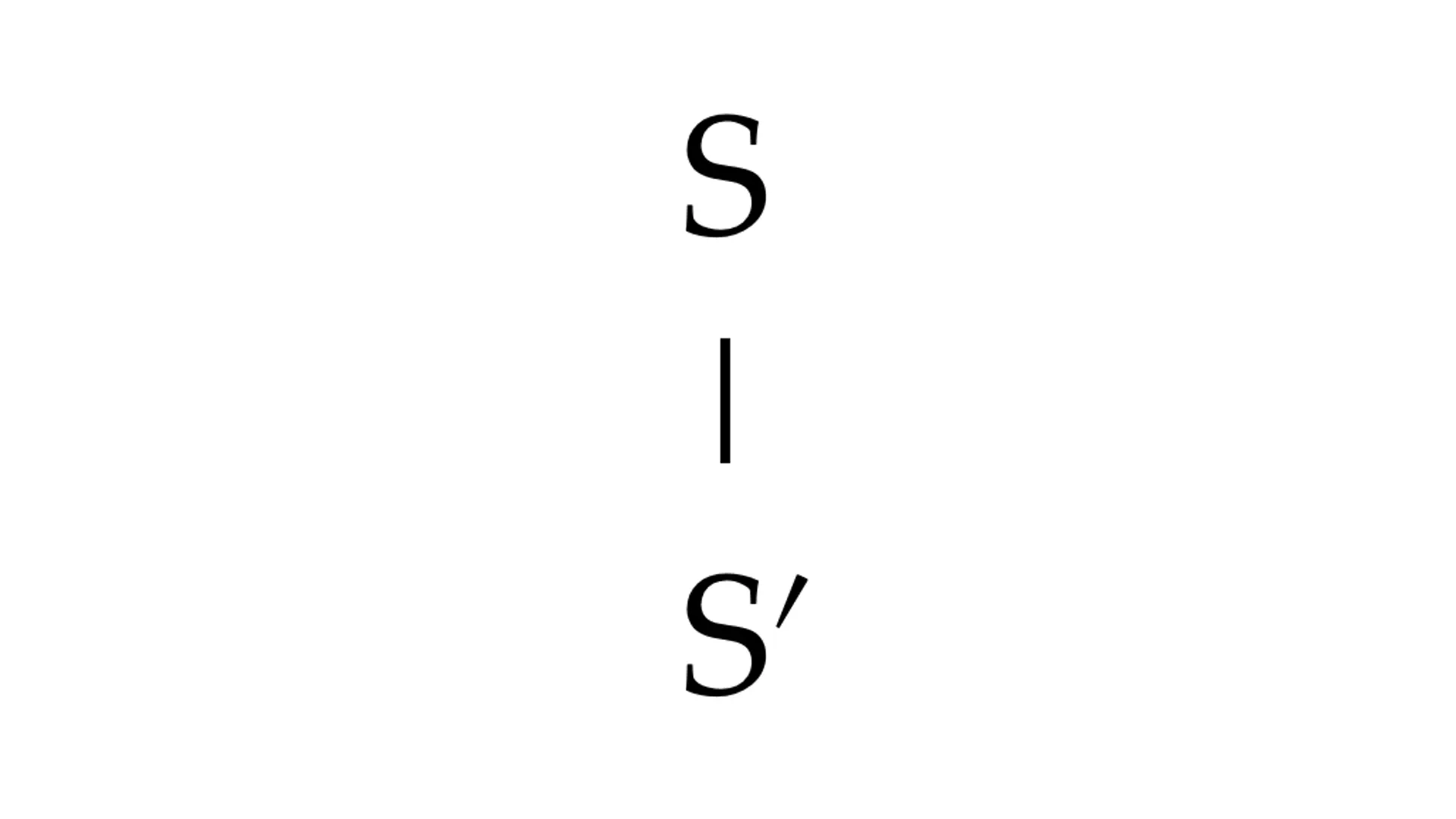
Therefore, there are three dimensions of the signifier. One is the diachronic dimension, which corresponds to the fact that the chain of signifiers unfolds in time and that at any moment the presence of a signifier excludes that of any other; in this dimension, anticipation of the meaning to come and retroaction of signification a posteriori ( après-coup ) take place. The second dimension is the diacritical synchronic one, where each signifier is what the others are not. And the last dimension is the synchronic non-diacritical one, which is that of equivoque. Although this would force us to represent the chain of signifiers three-dimensionally, for simplicity I will make it two-dimensional, with an implicit third dimension perpendicular to the plotted plane. For instance, consider the definition of subject given by Lacan in his seminar on identification: The signifier is what represents the subject for another signifier . This allows us to place the subject between two signifiers, that is, in reference to four places, since each signifier is defined by means of a difference―the barred S stands for the subject.
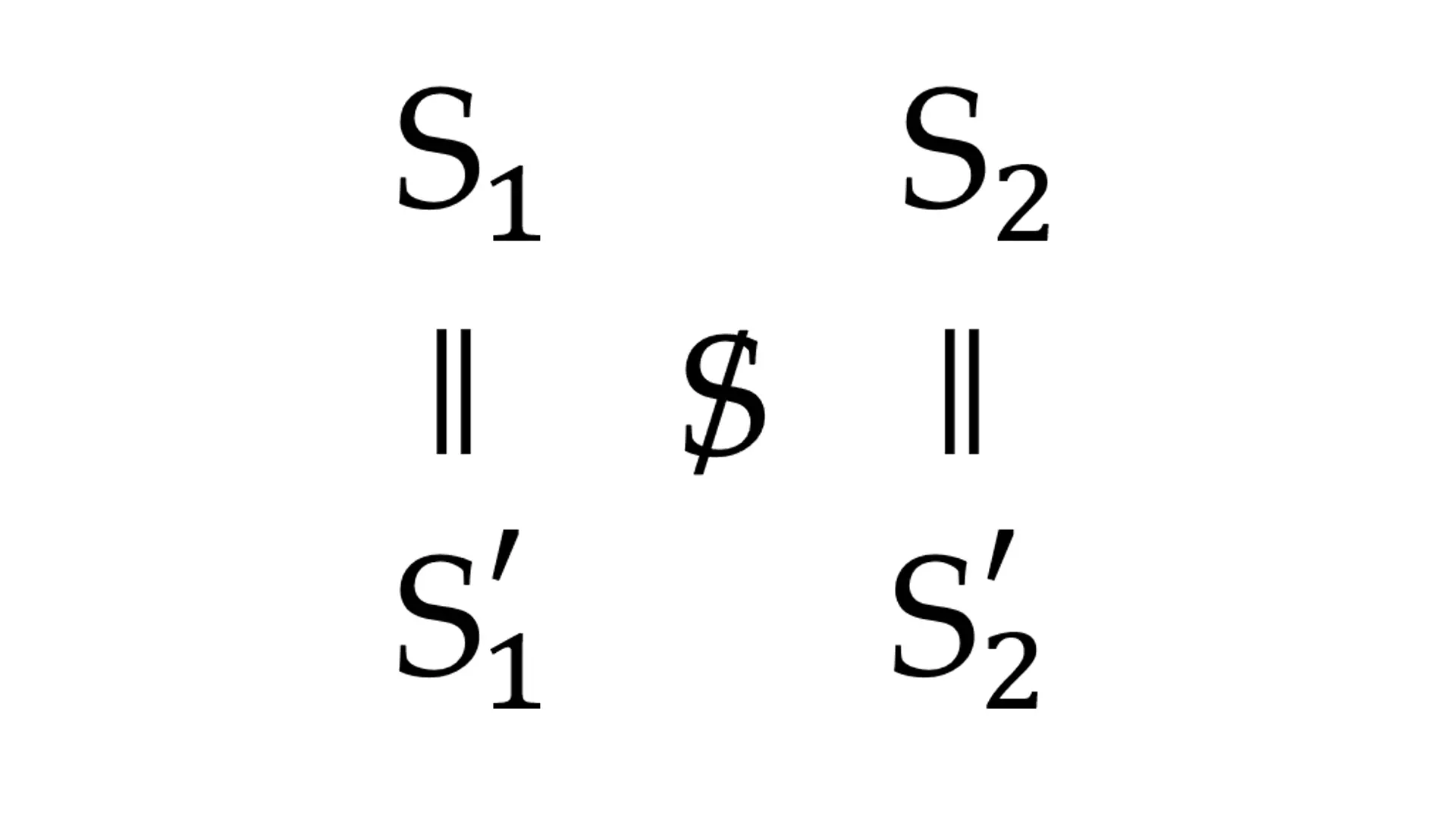
(I clarify, for those who are accustomed to using Lacanian algebra, that what I call here S 1and S 2 does not have a necessary or rigid relationship with the mathemes of the four discourses, for example.) The third dimension (omitted here) corresponds to equivoque and must be imagined to be perpendicular to the plane of the graph.
Well, these signifiers are not necessarily those that interest the linguist, since they can be phonemes, syllables, word fragments, whole words, noises, silences, phrases, stories, scenarios, and in general they are a whole life for those who are caught between them. The challenge is to insert there (S 2) a new signifier that allows the subject to change their position. Therefore, we will focus on that new signifier and on what might be calculable in its finding.
The subjective position is a place that we only conjecture once the subject has left it, just like an electron that may have revolved around the atomic nucleus since the Big Bang emits a photon when changing its orbit, thereby allowing us to conjecture where it was… once it is no longer there. We only know where the subject is due to some effects correlated to a change of its position.
This change is the minimum effect to be found in any interpretation, to the extent that symptoms, on the contrary, fix that position. Consequently, if subject position is defined as a function of two signifier pairs, interpretation will be defined as a function of three: two of the first position and two of the second, with a pair common to both. A couple of decades ago, adapting a Freudian expression, I called that common pair the bridge-signifier , since the subject must cross it when changing position, and that’s why I chose, for the cover of the corresponding book, the image of one of the bridges that I like most: San Francisco’s Golden Gate Bridge. (The second edition of the book, published two years ago, has a smaller but famous bridge in Buenos Aires: Puente de la Mujer .) Thus, the sketch of any interpretation must contain that of the change in subjective position:
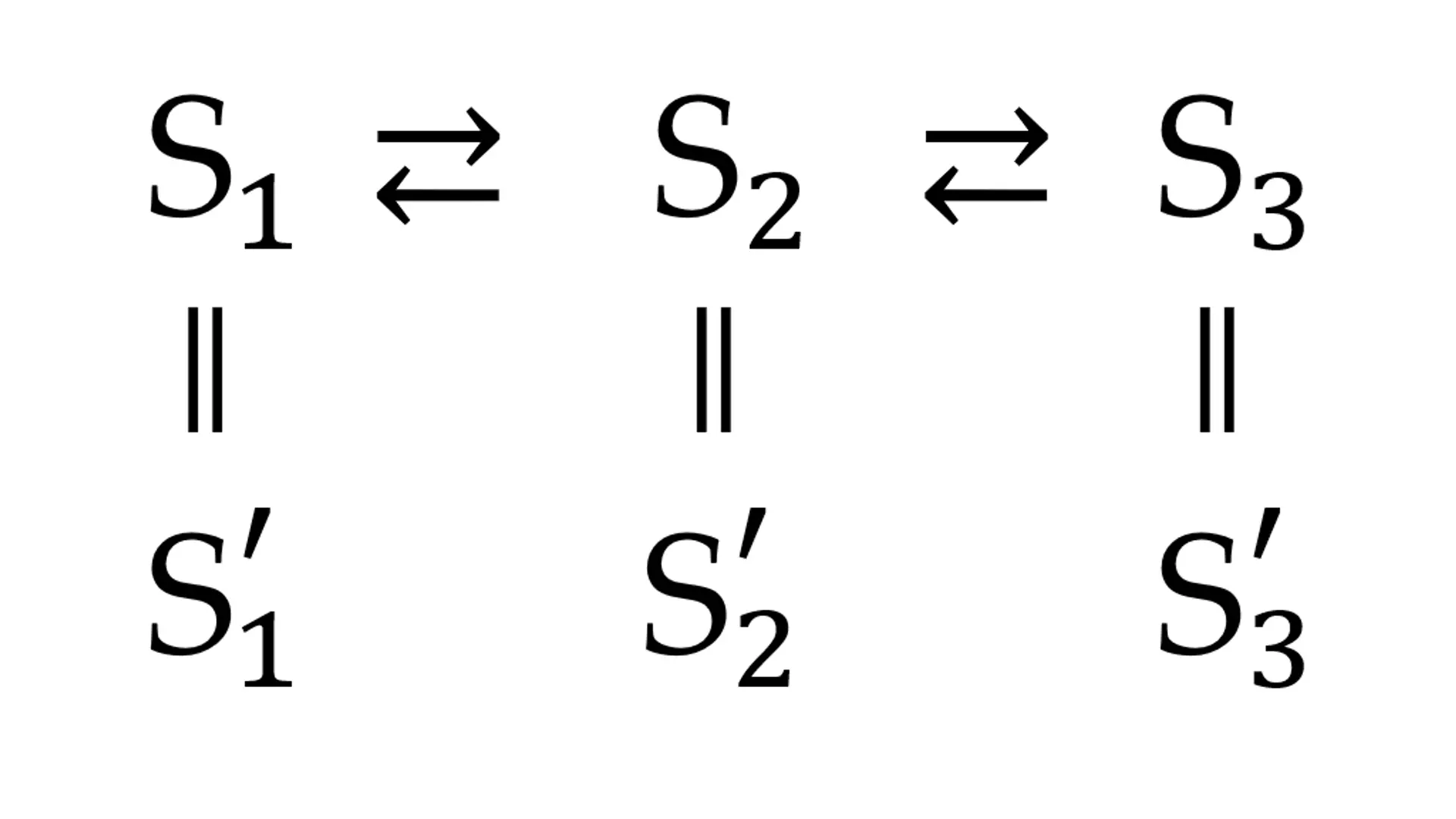
In the horizontal diachronic dimension, I include arrows pointing to the right, to mark the anticipation of the meaning with which each signifier operates avant coup (beforehand) on those that follow them, and arrows pointing to the left, to indicate the signification that, from each signifier, relies après coup (afterwards) on the precedents.
When the meaning of S 2anticipated by S 1is a posteriori validated from S 3, there is no surprise, and that means that we are fully in the discourse of understanding, which, as it was already seen, we must avoid. When that is not the case,
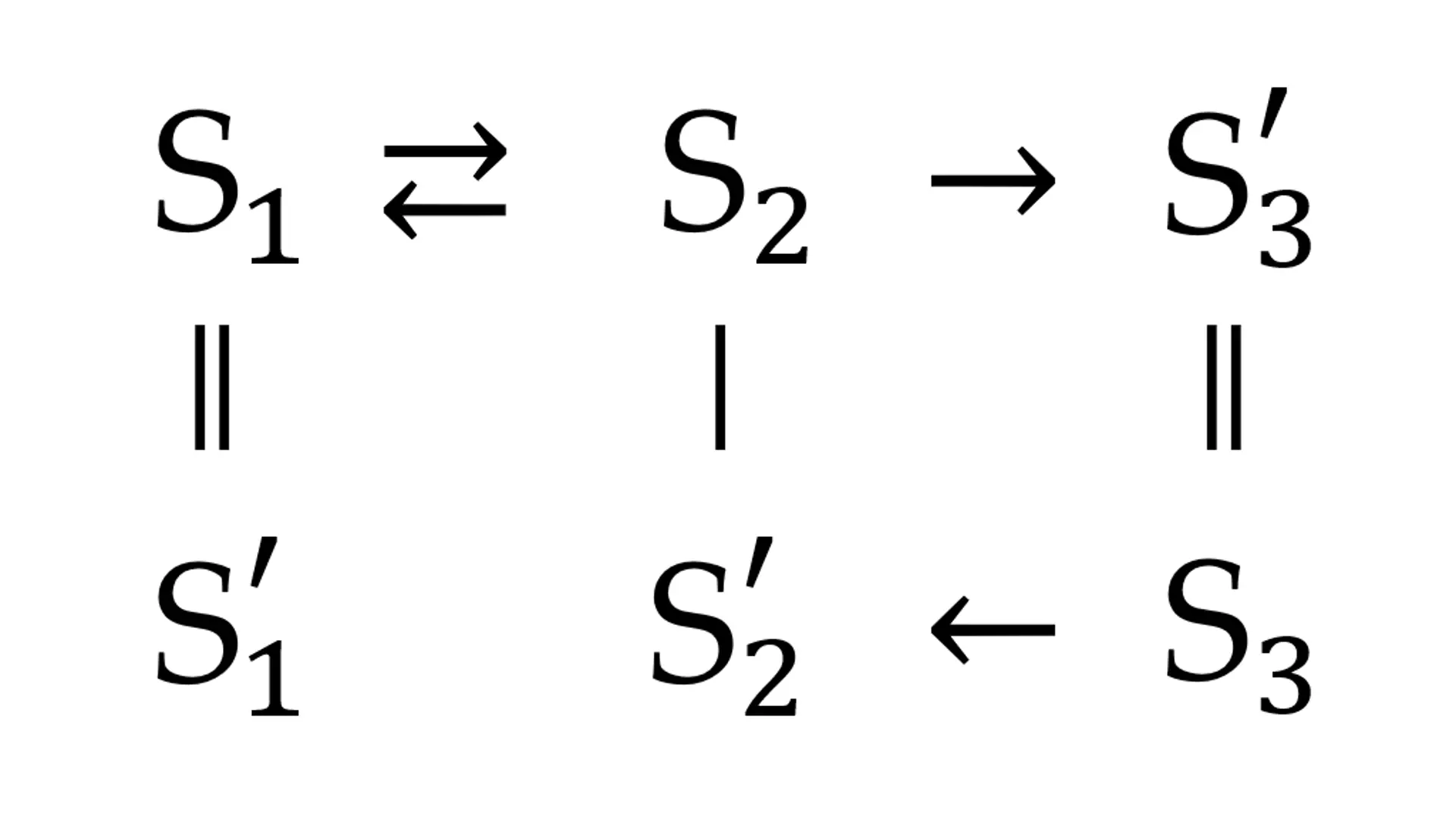
the operation of S 3alters us in a peculiar way: it baffles us, or makes us laugh, or distresses us, or saddens us, which puts us on the path of psychoanalytic interpretation.
Let’s look at an example where it irritates us. That is the usual case with dad jokes. Dialogue: –How do I look? –With your eyes . Here S 1is How do I , which anticipates for look the meaning of appear to be (S 2), but instead of an S 3that validates that sense ( You look tired , for example), a surprising one appears ( With your eyes ), which makes the equivoque present in look resound, and extends the same operation to How , which passes from In what manner to By what means . The corresponding sketch has then this nature.
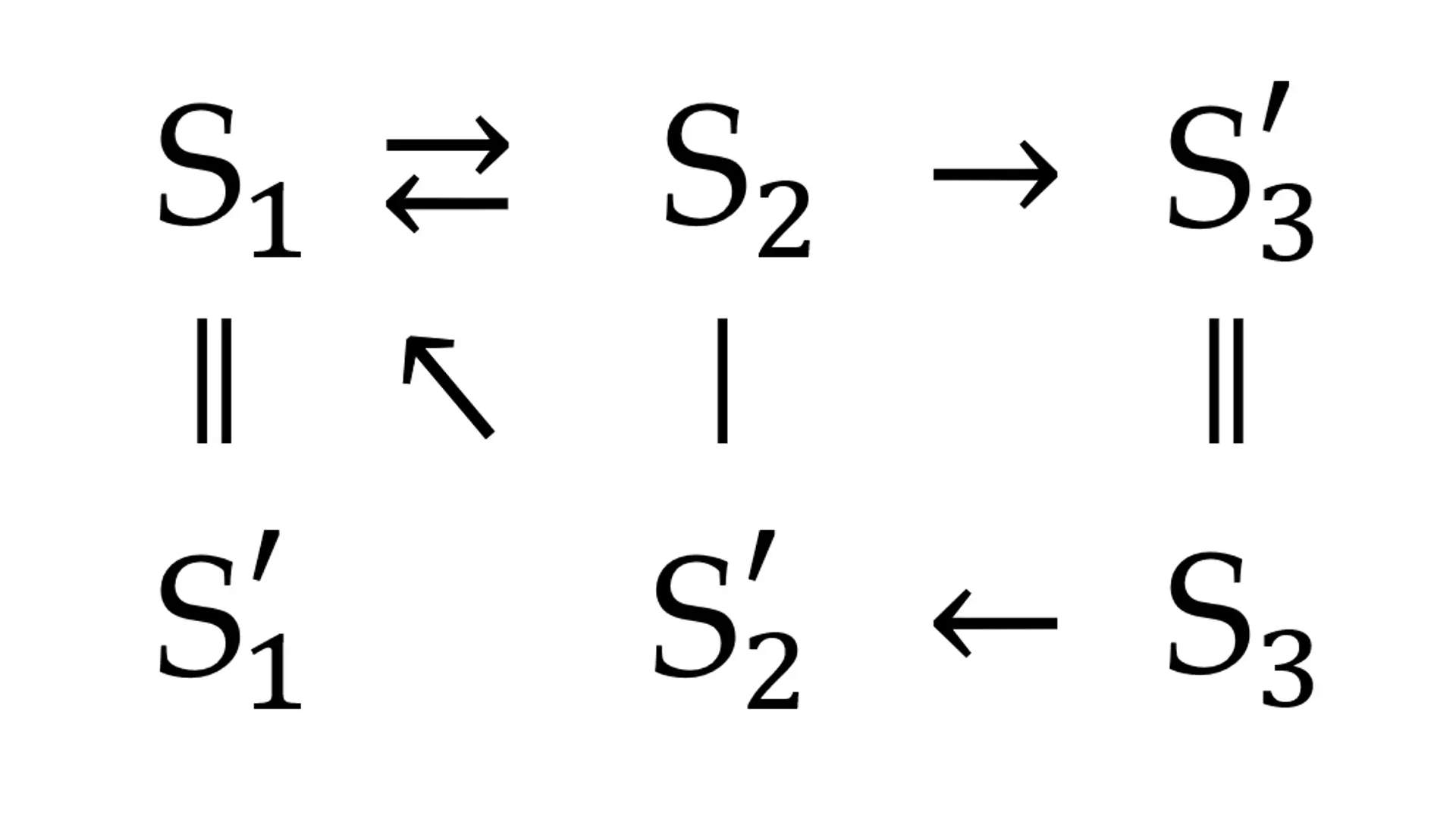
This is the structure of a joke. I could show you and explain to you similar sketches for the structure of puns, slips of the tongue, ellipses, etc., but this would force us to spend too much time discussing the linguistic aspects of the interpretation, which language scholars and hermeneutists can deal with, and it could make us forget the main thing we know about it, insofar as it concerns centrally the analytical experience: interpretation is based on misunderstanding and on equivoque of the signifiers that constitute the analytical tie, so that some of these signifiers, in search of the singular, touch the body in a homologous and inverse way to that of the symptoms, and so make it feel better .
Читать дальше

















